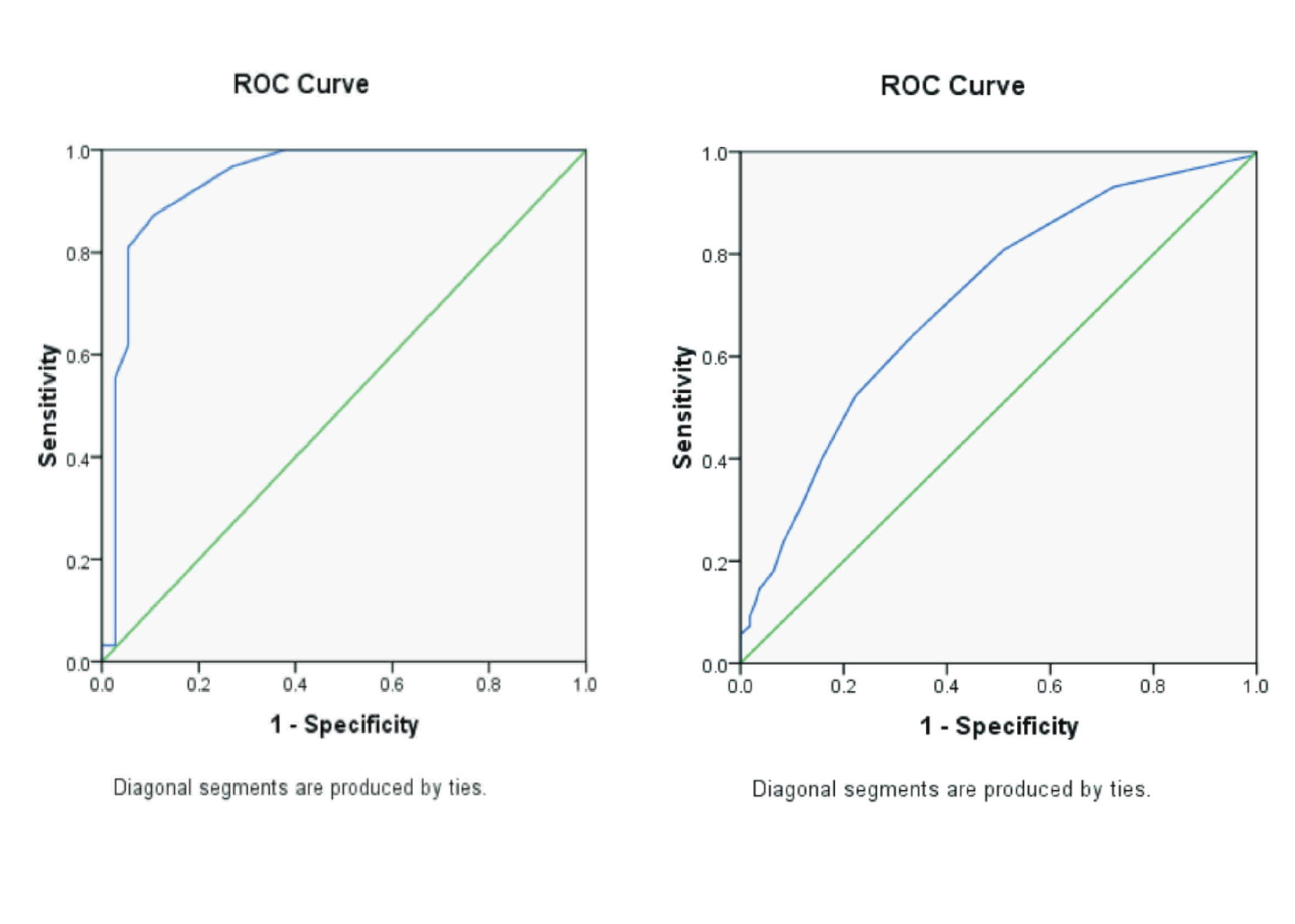MOSQUITO-BORNE PARASITES IN PATIENTS NEWLY INFECTED WITH HIV IN RELATIONSHIP WITH CD4 COUNT AND TNF ALPHA

Downloads
Background: Mosquito-borne parasites include the pathogenic protozoa and helminths that are transmitted by the insect vector which may co-infect with other organisms to elicit an immune response. Purpose: To determine the frequency of mosquito-borne parasites in patients newly infected with HIV in relationship with CD4 count and TNFα. Method: Thirty-one (31; aged 15-32 years; male-12; female-19) newly diagnosed HIV positive patients and fifty (50) age-matched HIV negative volunteers were recruited as a control subject for this study. All subjects were negative to anti-HCV/HBsAg ELISA, Plasmodium, Acid-Fast Bacilli (AFB) tests and the control subjects were also negative to HIVP24 Ag-Ab ELISA, Plasmodium spp. and Wuchereria bancrofti microscopy. Venous blood including Night blood samples and sputum samples were obtained from the participants for CD4 count by cyflowmetry, TNFα, HIVP24Ag-Ab, anti-HCV, HBsAg by ELISA and microscopic identification by Giemsa staining while Sputum sample was used for Ziehl Neelsen staining to demonstrate Acid Fast Bacilli (AFB). Result: A lower frequency of 25.8% (Rajan, 2008) Plasmodium spp. and 6.5% (James et al., 2015) W. bancrofti was obtained in newly infected HIV patients compared with 32% (Zeitlmann et al., 2001) Plasmodium spp. and 8% (WHO, 2019) W. bancrofti obtained in the non-HIV infected control subjects. Showed a significant decrease in CD4 count and increase in plasma TNFα in both HIV mono-infection and coinfection with Plasmodium spp. and W. bancrofti compared with the results obtained in the non-HIV infected control subjects (p<0.05) and the results obtained in the newly infected HIV patients without Plasmodium spp. and W. coinfection (p<0.05). Conclusion: There was a significant increase in plasma TNFα and a decrease in CD4 count in both HIV mono-infection and coinfection with Plasmodium spp. and W. bancrofti while a lower frequency of Plasmodium spp. and W. bancrofti was obtained in newly infected HIV patients compared with the results obtained in the non-HIV infected control subjects.
Ansari-Lari, M., Muzny, D., Lu, J., Lu, F., Lilley, C., S, S., T, M., Gibbs, R., 1996. A Gene-Rich Cluster between The CD4 and Triosephosphate Isomerase Genes at Human Chromosome 12p13. Genome Res. 6, 314–326.
Awoyemi, A.A., Ogundele, O.E., 2008. HIV epidemiology in Nigeria Saudi. Saudi J. Biol. Sci. 25, 697–703.
Barber, E., Dasgupta, J., Schlossman, S., Trevillyan, J., Rudd, C., 1989. The CD4 and CD8 Antigens are Coupled to A Protein-Tyrosine Kinase (p56lck) that Phosphorylates the CD3 Complex. Proc. Natl. Acad. Sci. U. S. A. 86.
Caraballo, H., King, K., 2014. Emergency Department Management Of Mosquito-Borne Illness: Malaria, Dengue and West Nile Virus. Emerg. Med. Pract. 16, 1–23; quiz 23–4.
Cheesbrough, M., n.d. District Laboratory Practice in Tropical Countries 2006. In: Cambridge University Press The Edinburgh Building. Cambridge University Press, New York.
Dowlat, Y., Herrmann, N., Swardfager, W., Liu, H., Sham, L., Reim, E., Lanctí´, K., 2010. A Meta-Analysis of Cytokines in Major Depression. Biol Psychiatry 67, 446–457.
Gorsk, M.M., Stafford, S.J., Cen, O., Sur, S., Alam, R., 2004. Unc119, A Novel Activator of Lck/Fyn, is Essential for T Cell Activation. J. Exp. Med. 199, 369–79.
Haastrup, N.., Dahunsi, O.., Baba, G.O., 2019. Diversity and Abundance of Tree Species at Owo Forest Reserve, Ondo State, South-Western Nigeria. Int. J. Res. Innov. Appl. Sci. 4.
Isobe, M., Huebner, K., Maddon, P.J., Littman, D.R., Axel, R., Croce, C.M., 1986. The Gene Encoding The T-cell Surface Protein T4 is Located on HumanChromosome 12. Proc. Natl. Acad. Sci. U. S. A. 83,4399–4402.
James, W., Berger, T., Elston, D., 2015. Andrews' Diseases of the Skin: Clinical Dermatology. Elsevier Health Sciences.
Junghanss, J.F., Hotez, P.J., Thomas, 2013. Manson's Tropical Diseases: Expert Consult. Elsevier/Saunders, pp. e49–e52.
Locksley, R., Killeen, N., Lenardo, M., 2001. The TNF and TNF Receptor Superfamilies: Integrating Mammalian Biology. Cell 104, 487–501.
Melrose, W.D.., 2002. Lymphatic filariasis: New Insights into An Old Disease. Int J Parasitol 32, 947–960.
Nadjam, B., Behrens, R.H., 2012. Malaria: An update for physicians. Infect. Dis. Clin. North Am. 26, 243–259.
Owens, J.A., Punt, J., Stranford, S.A., Jones, P.P., 2013. Kuby Immunology. In: Freeman, W.H. (Ed.), . New York, pp. 100–101.
Rajan, T.V., 2008. Textbook of Medical Parasitology. BI Publications Pvt Ltd, pp. 73–77.
Ramaiah, K., Ottesen, E., 2014. Progress and Impact of 13 Years of The Global Programme to Eliminate Lymphatic Filariasis on Reducing The Burden of Filarial Disease. PLoS Negl. Trop. Dis. 20.
Ridley, J.W., 2012. Parasitology for Medical and Clinical Laboratory Professionals. Clifton Park, pp. 103–104.
Swardfager, W., Lanctí´t, K., Rothenburg, L., Wong, A., Cappell, J., Herrmann, N., 2010. A Meta-Analysis of Cytokines in Alzheimer's Disease. Biol Psychiatry 68, 930–941.
Victor, F., Gottlieb, A., 2002. TNF-Alpha and Apoptosis: Implications for The Pathogenesis and Treatment of Psoriasis. J Drugs Dermatol 1, 264–275.
WHO, 2018. HIV/AIDS [WWW Document]. URL https://www.who.int/en/news-room/fact-sheets/detail/hiv-aids (accessed 5.7.19).
WHO, 2019. World Malaria Report 2019 [WWW Document].
WHO, n.d. Lymphatic Filariasis [WWW Document]. Centers Dis. Control Prev.
Zeitlmann, L., Sirim, P., E., K., W., K., 2001. No Cloning of ACP33 as A Novel Intracellular Ligand of CD4. J. Biol. Chem. 276, 9123–32.
Copyright (c) 2021 Journal of Vocational Health Studies

This work is licensed under a Creative Commons Attribution-NonCommercial-ShareAlike 4.0 International License.
- The authors agree to transfer the transfer copyright of the article to the Journal of Vocational Health Studies (JVHS) effective if and when the paper is accepted for publication.
- Legal formal aspect of journal publication accessibility refers to Creative Commons Attribution-NonCommercial-ShareAlike (CC BY-NC-SA), implies that publication can be used for non-commercial purposes in its original form.
- Every publications (printed/electronic) are open access for educational purposes, research, and library. Other that the aims mentioned above, editorial board is not responsible for copyright violation.
Journal of Vocational Health Studies is licensed under a Creative Commons Attribution-NonCommercial-ShareAlike 4.0 International License














































